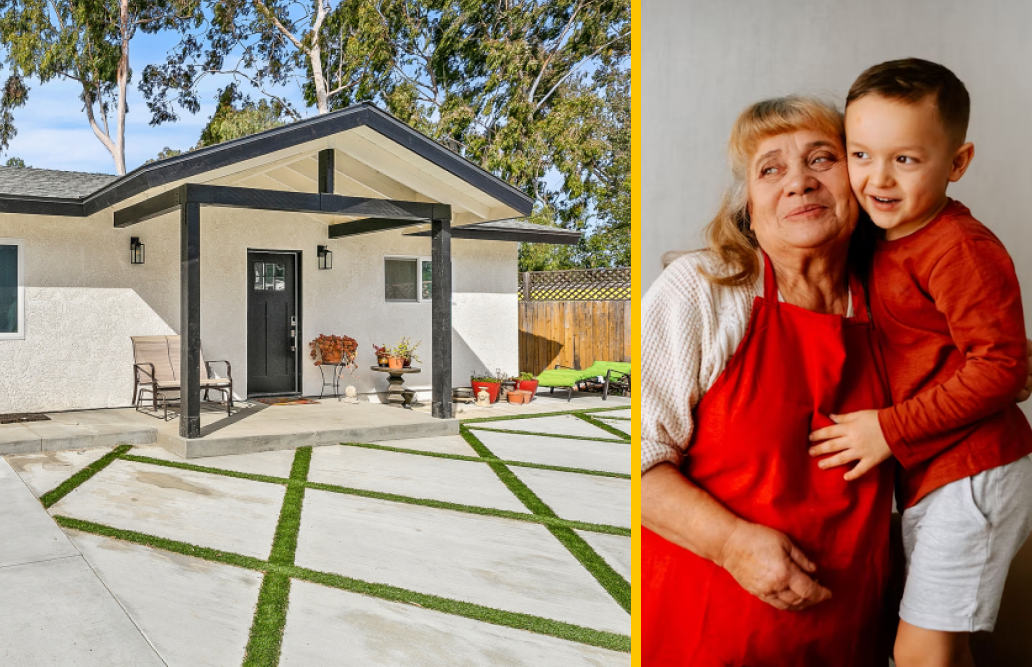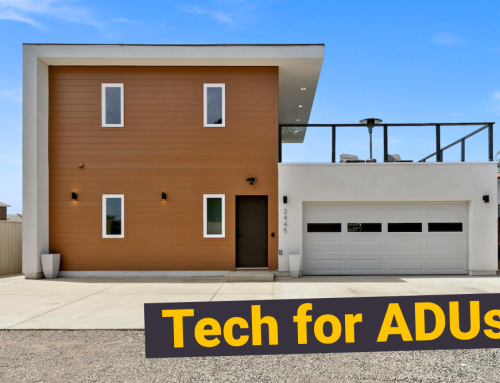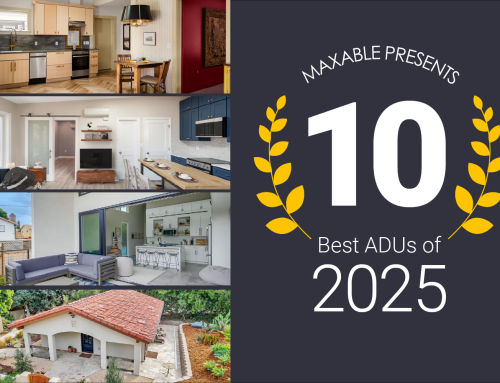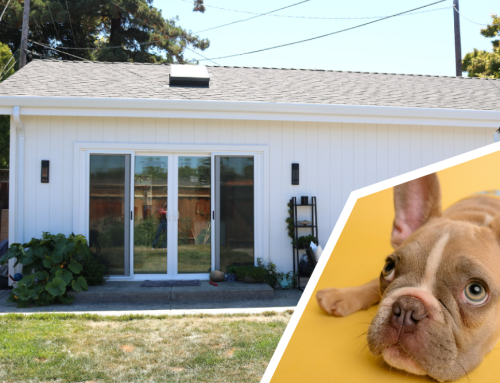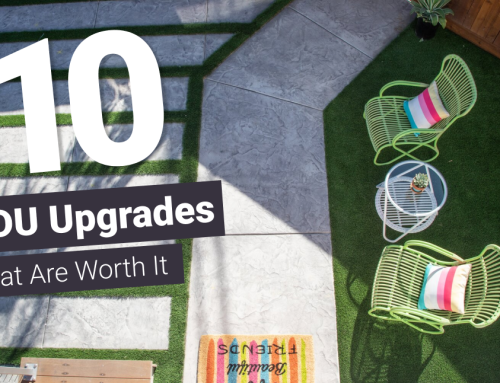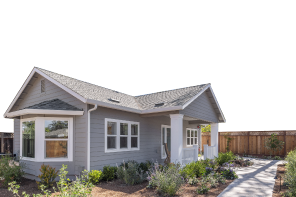With the cost of housing, childcare, and retirement homes rising faster than household incomes, more and more families are turning to accessory dwelling units (ADUs) as a way to bring multiple generations onto one property. These small but highly functional homes check all the boxes, offering private living spaces while keeping loved ones close. They’re also a smart investment, creating a property that can stay in the family for generations.
But, to get the most out of your property and ensure the comfort of every person in your family, thoughtful design is key. Designing an ADU for multigenerational living is all about finding the right balance between shared spaces for connection and private areas for independence. With the right design choices, you can create a home that feels welcoming, functional, and tailored to everyone’s needs.
In this article, we’ll explore six design ideas that make multigenerational living in an ADU both practical and enjoyable. But first, let’s define what multi-generational housing actually means
What is Multi-Generational Housing?
Multi-generational housing means more than one generation of a family living on the same property. This could be parents and adult children, grandparents moving in with their kids, or helping out extended family. While technically within the same generation, siblings or cousins also find the concept of multi-generational housing to be beneficial.
The setup allows families to pool resources, support one another with childcare or elder care, and stay connected in daily life, all while maintaining varying levels of independence.
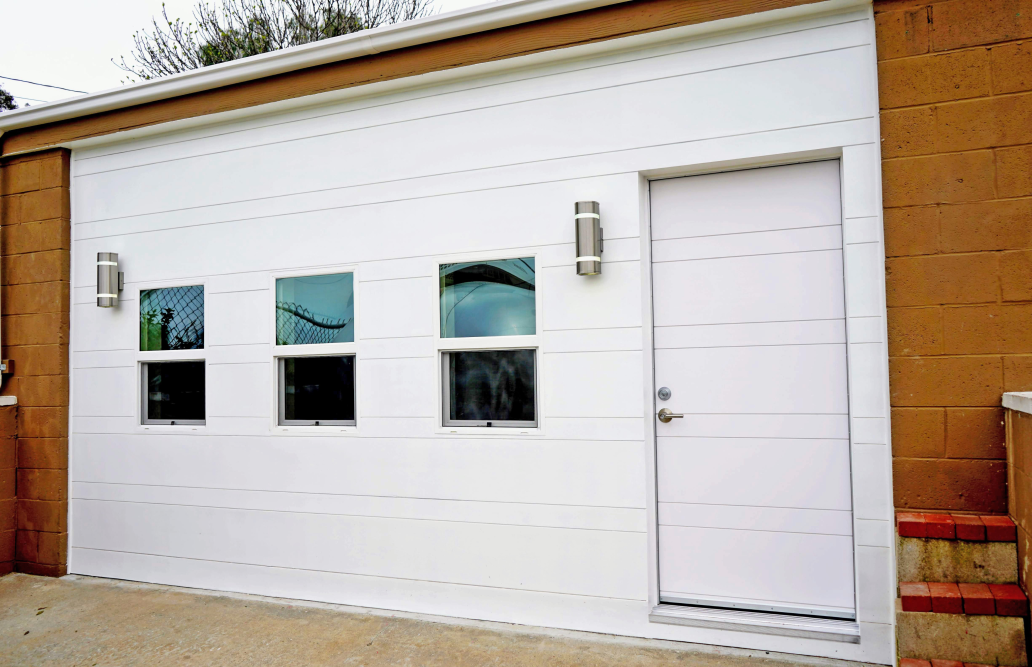
Multi-generational housing was at an all-time low in the 80s when modest household incomes were sufficient to support a family of four. But unfortunately, with housing costs skyrocketing and incomes remaining stagnant, we’re falling back into multi-generational housing becoming the norm.
We know for a lot of people, the idea of moving onto a property with your in-laws doesn’t exactly sound like a fun time. Common concerns include privacy, loss of independence, and lack of space.
But there are ways to alleviate some of those pain points, and one of those solutions is ADUs.
Why an ADU works for Multi-Generational Housing
An ADU provides the best of both worlds: closeness when you want it, and privacy when you need it.
Because an ADU is a fully independent home with its own kitchen, bathroom, and living space, it allows family members to live under the same roofline (or on the same lot) without feeling like they’re stepping on each other’s toes.
This separation is especially valuable when it comes to sensitive dynamics, like living with in-laws or giving teenagers and young adults more independence. At the same time, everyone benefits from being just steps away in case of an emergency, for childcare help, or simply to share a family meal.
ADUs also add long-term flexibility. As needs shift, the space can adapt, serving as a home for aging parents today, and later becoming a rental unit, home office, or even a space for adult children returning home.
So let’s take a look at how you can make the most of your ADU and make sure it stands the test of time.
Multi-Generational ADU Ideas
So you’ve decided to build an ADU. Great! You’re already off to a great start. Now let’s talk about how you can implement it.
Idea #1: Multiple Bedrooms
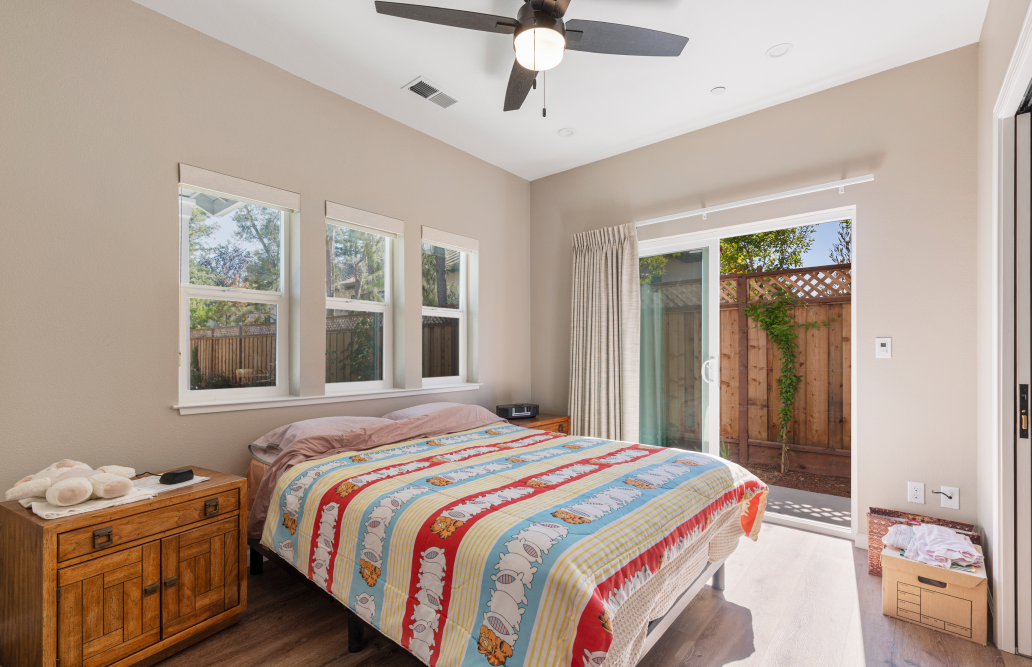
When it comes to planning an ADU for multigenerational living, bedrooms are the easiest way to add flexibility without breaking the budget. Compared to kitchens or bathrooms, bedrooms are “cheaper” square footage. They don’t require expensive plumbing, fixtures, or cabinetry, so adding an extra one can give your ADU a lot more versatility.
Think about your needs in the future. Maybe your adult son and his new wife want to move in, and they’re expecting a baby. That extra bedroom can easily become a nursery, a guest room, or even a home office. Multiple bedrooms make it possible for your ADU to grow with your family, accommodating new arrivals or changes in living arrangements without needing a full remodel.
Think of it as “future-proofing”.
Idea #2: Shared Outdoor Space
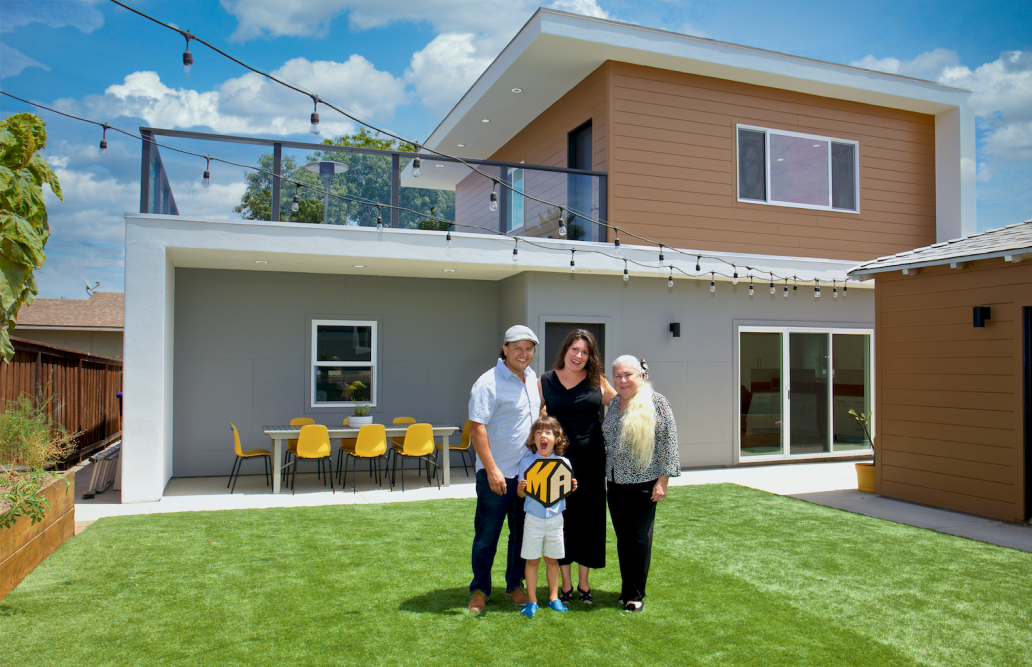
Another relatively low cost option is adding a shared outdoor space.
A well-designed shared patio, deck, or garden provides a place for family members of all ages to gather, relax, and enjoy each other’s company without feeling crowded indoors. Think of spaces that accommodate both social interaction and quiet moments.
Check out this unique two-story ADU that this family built for grandma. They made sure to include a seating area and a turf yard for the whole family reconvene at the end of the day and spend time together.
To make the most of shared outdoor areas, consider flexible furniture, shade options, and multi-functional layouts. These spaces can foster connection, create lasting memories, and give everyone a chance to step outside and recharge.
Idea #3: Privacy Fences
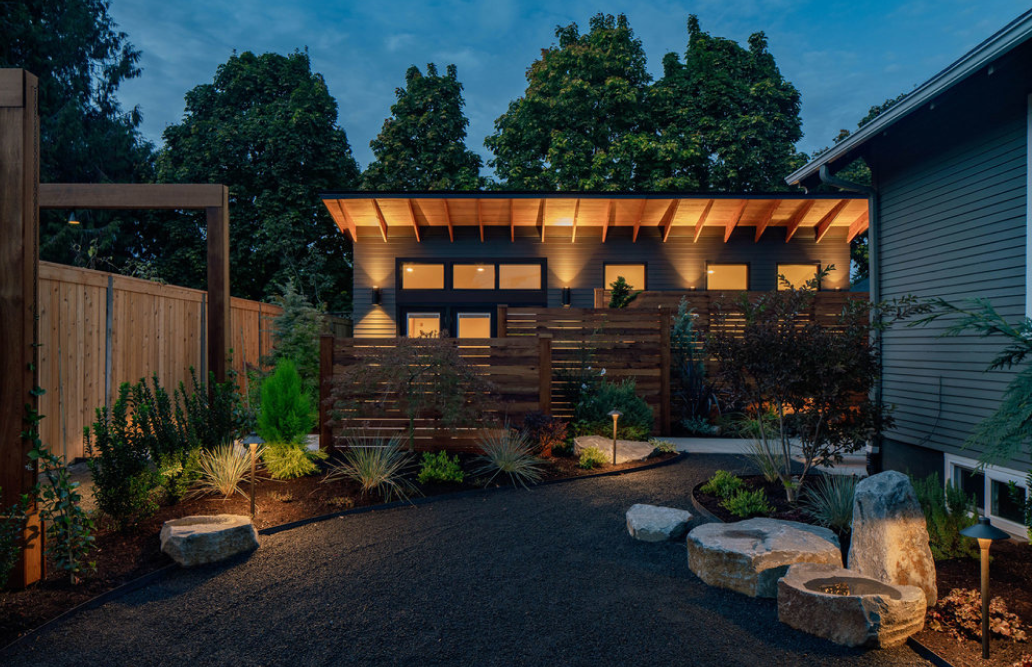
What happens when you need to step away from that shared outdoor space and retreat to your home for alone time? Privacy fences and other screening features can make all the difference.
A well-placed fence, hedge, or even a row of tall planters creates a clear boundary between spaces, giving everyone a sense of separation without feeling disconnected. This is especially helpful in multigenerational setups, where family members may have different schedules, routines, or lifestyles.
They also help reduce tension and make the ADU feel like a true home for everyone. With the right balance of shared and private areas, family members can enjoy quality time together while still having their own personal retreat when needed.
Idea #4: Ample Storage
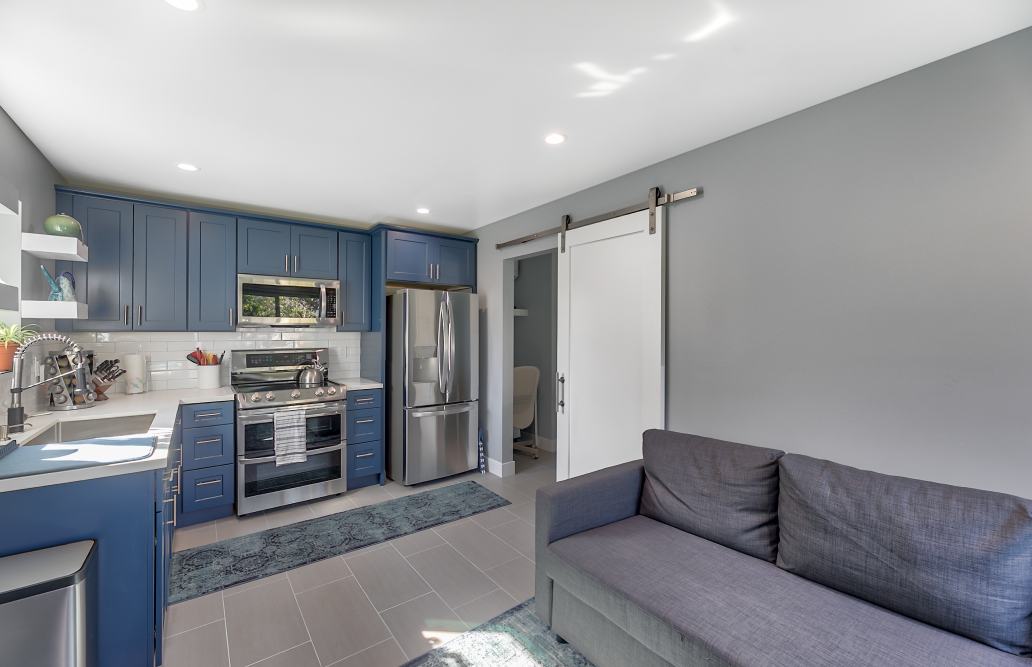
One of the biggest challenges of multigenerational living is simply having enough space for everyone’s belongings. An ADU with smart storage solutions can prevent clutter, keep things organized, and make shared living much more comfortable.
Think beyond the obvious closets. Built-in shelving, under-bed drawers, attic or loft storage, and multi-functional furniture can all help maximize space without making the ADU feel cramped. It’s about giving everyone their own little corner to keep personal items, seasonal gear, or family heirlooms.
Idea #5: Universal Design and Accessibility
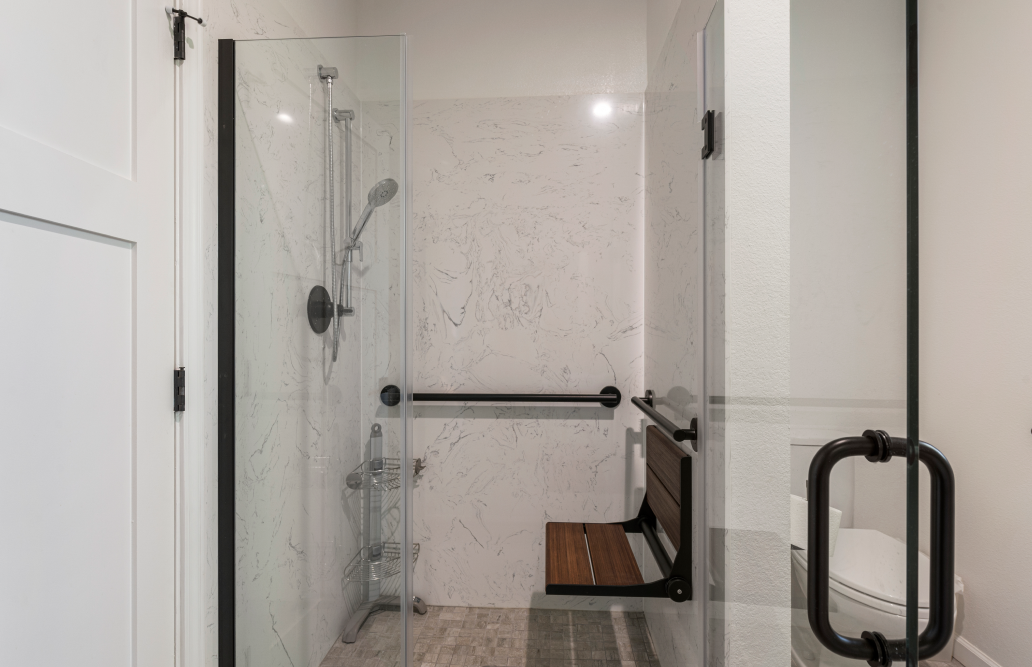
It’s important to think about everyone who might call the space home. Now and in the future.
Universal design and accessibility features make the ADU comfortable and safe for people of all ages and abilities, from toddlers to grandparents.
Simple changes can make a big difference: wider doorways for mobility devices, no-step entries, lever-style handles instead of knobs, and slip-resistant flooring are just a few ways to make the space more accessible. These features not only help aging parents or anyone with mobility challenges, but they also make daily life easier for everyone. (Ever tried to carry groceries up stairs?)
Incorporating universal design from the start means the ADU can adapt over time.
Idea #6: Take Advantage of SB9
California’s SB9 law opens up some exciting possibilities for homeowners looking to create multigenerational living spaces. One of the most powerful parts of the law is the duplex provision. Under SB9, you can turn a single-family home into a duplex and add two ADUs—one for each living space. That means you could have multiple independent units on the same property, giving your family even more flexibility and privacy.
There’s also the lot-splitting provision, which allows homeowners to divide their lot and build on each parcel. While this can create additional opportunities for separate living spaces, it’s often more complicated and may not be feasible for smaller lots. Permits, setbacks, and local rules can make lot splits tricky, so it’s worth checking with your city before considering this option.
Ready to Start Your Multigenerational ADU?
Now you have the ideas. Let’s put them in motion.
Book a call with Maxable to get matched with trusted ADU designers and general contractors in your area. They can help turn your ideas into a functional, beautiful ADU that works for your family now and in the years to come.

